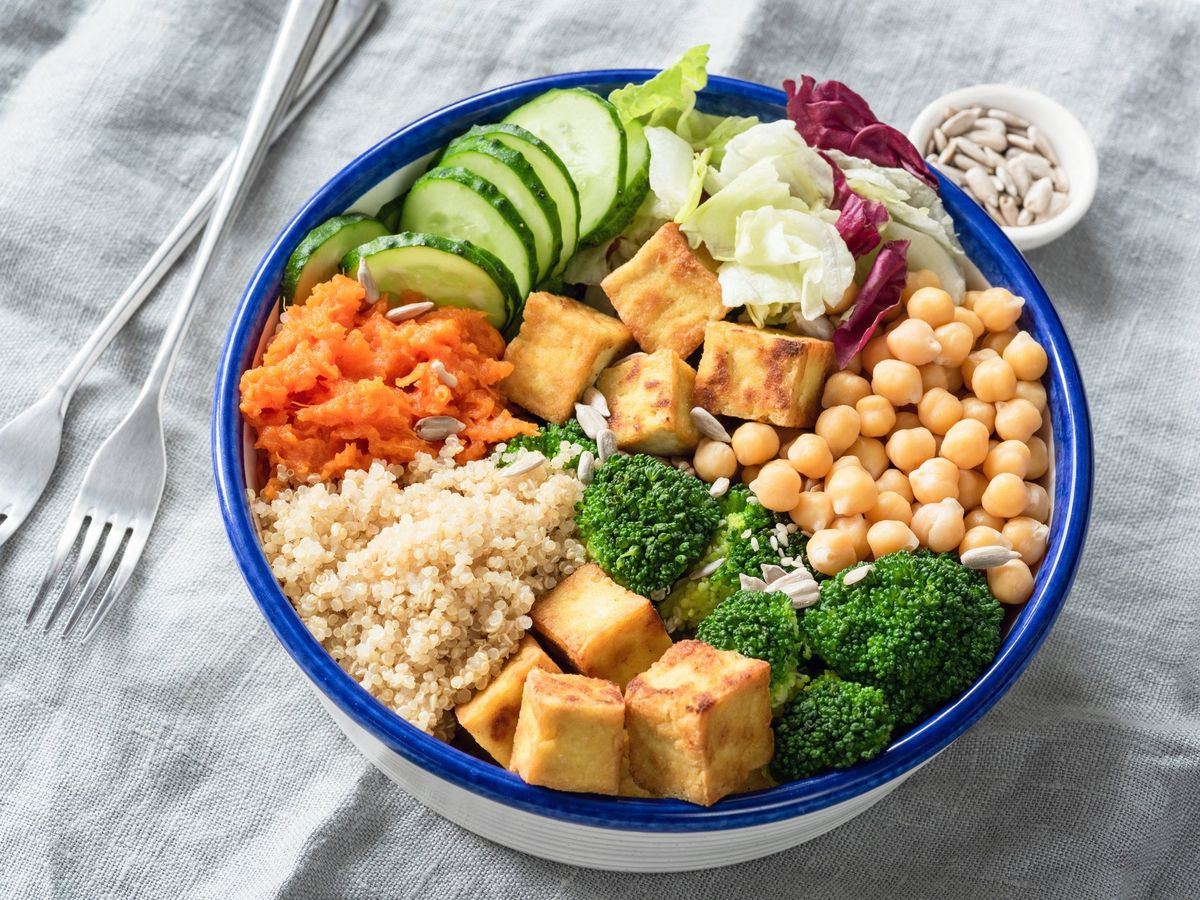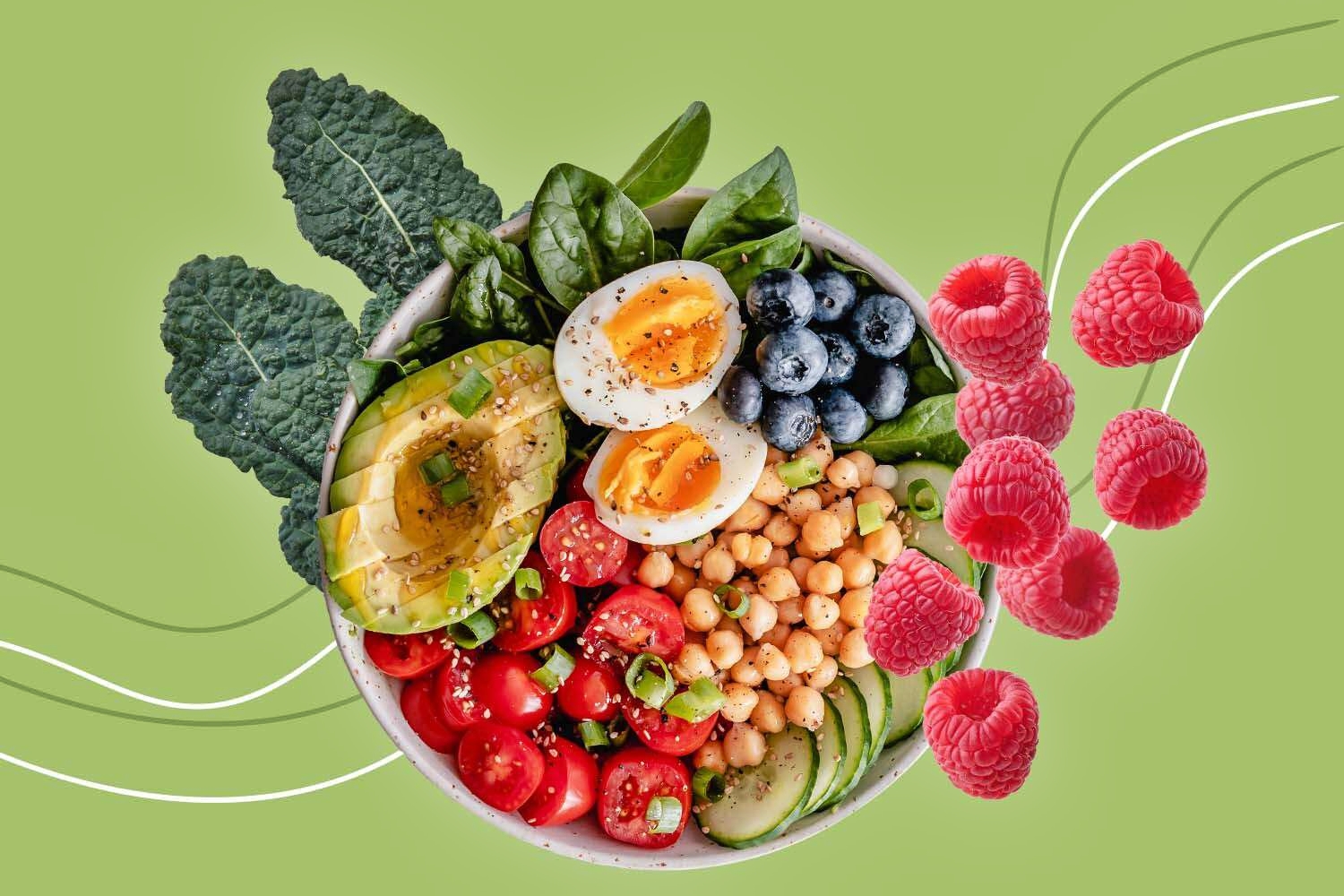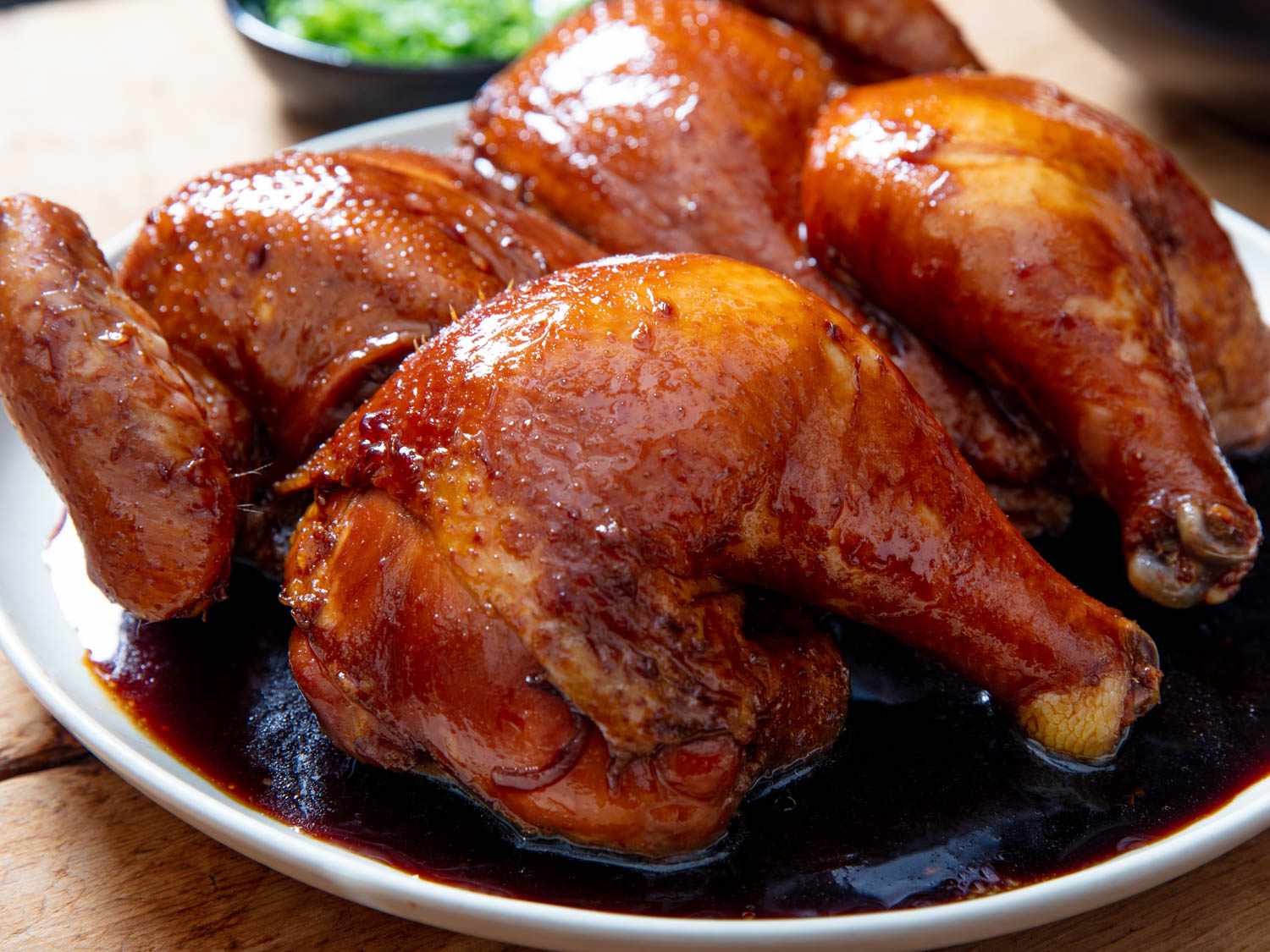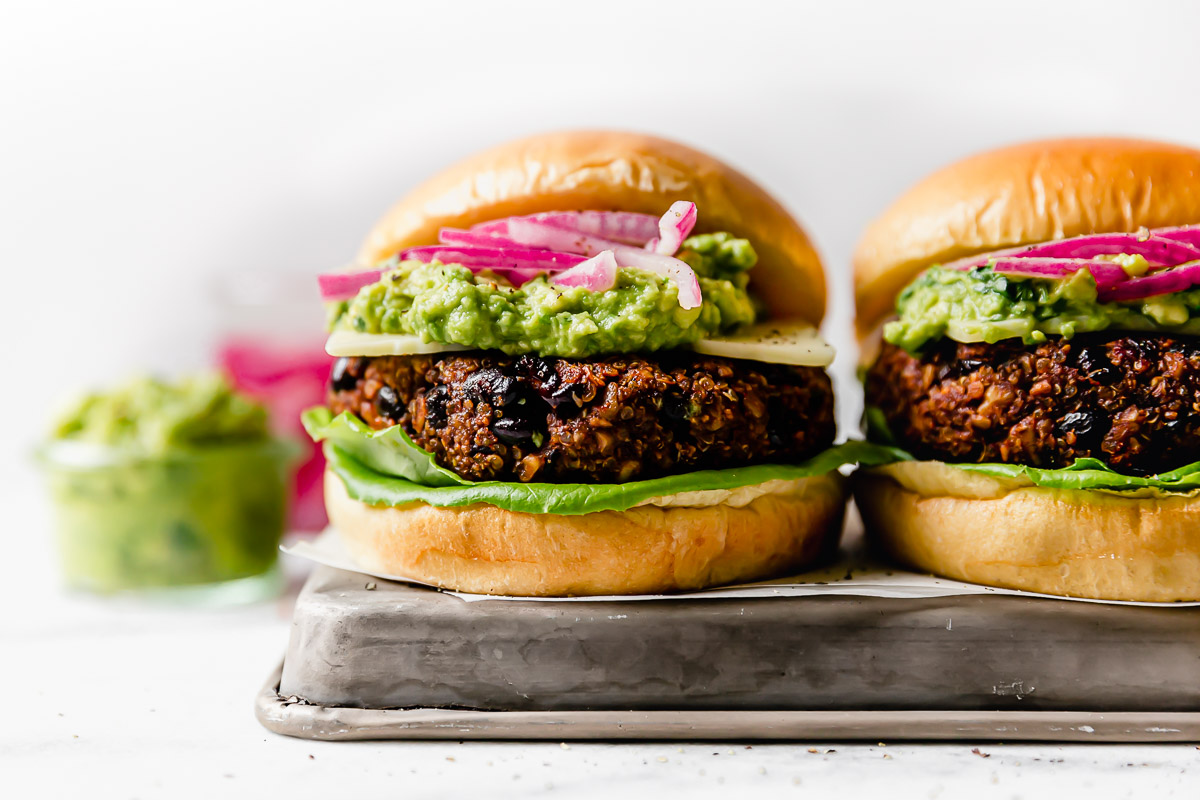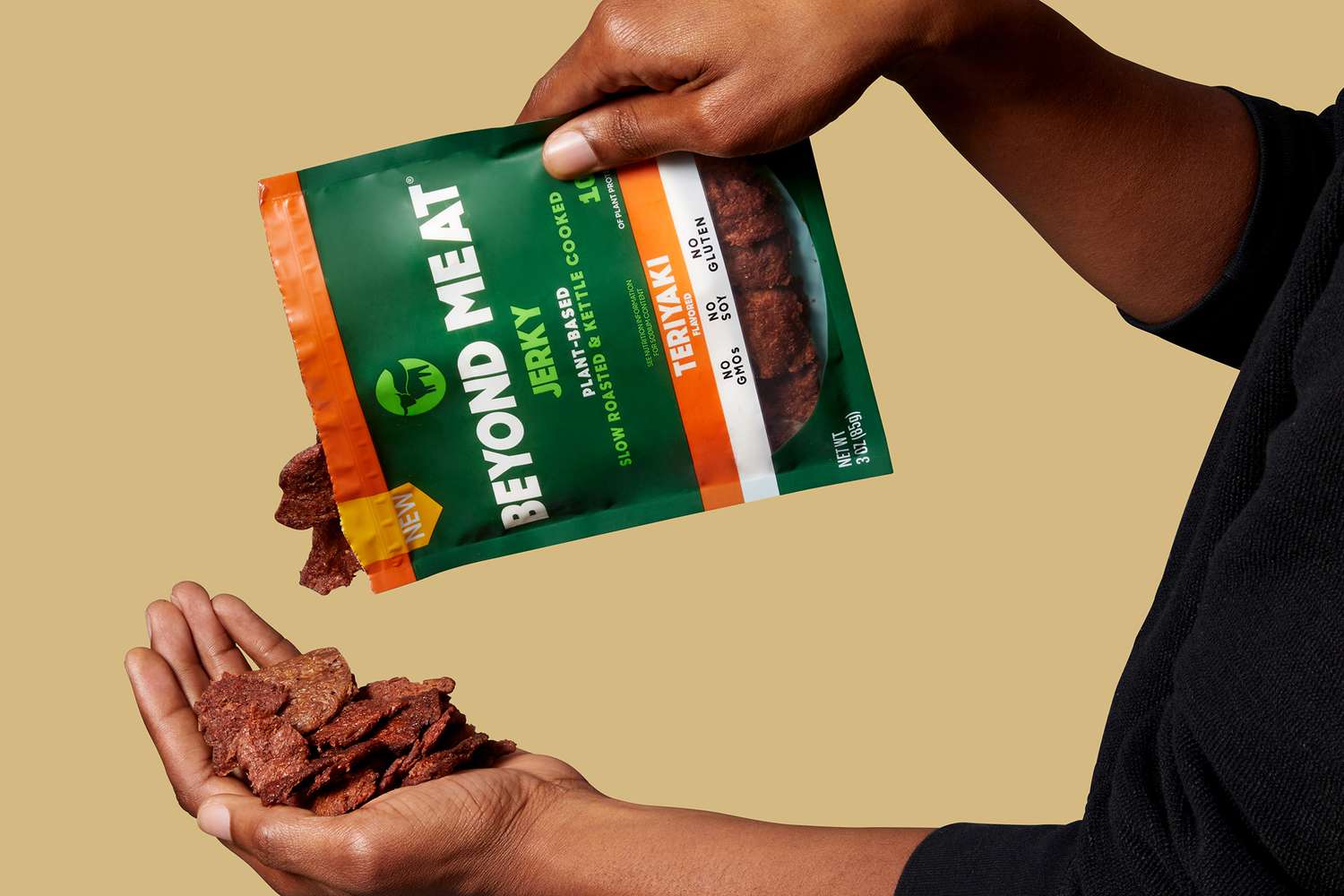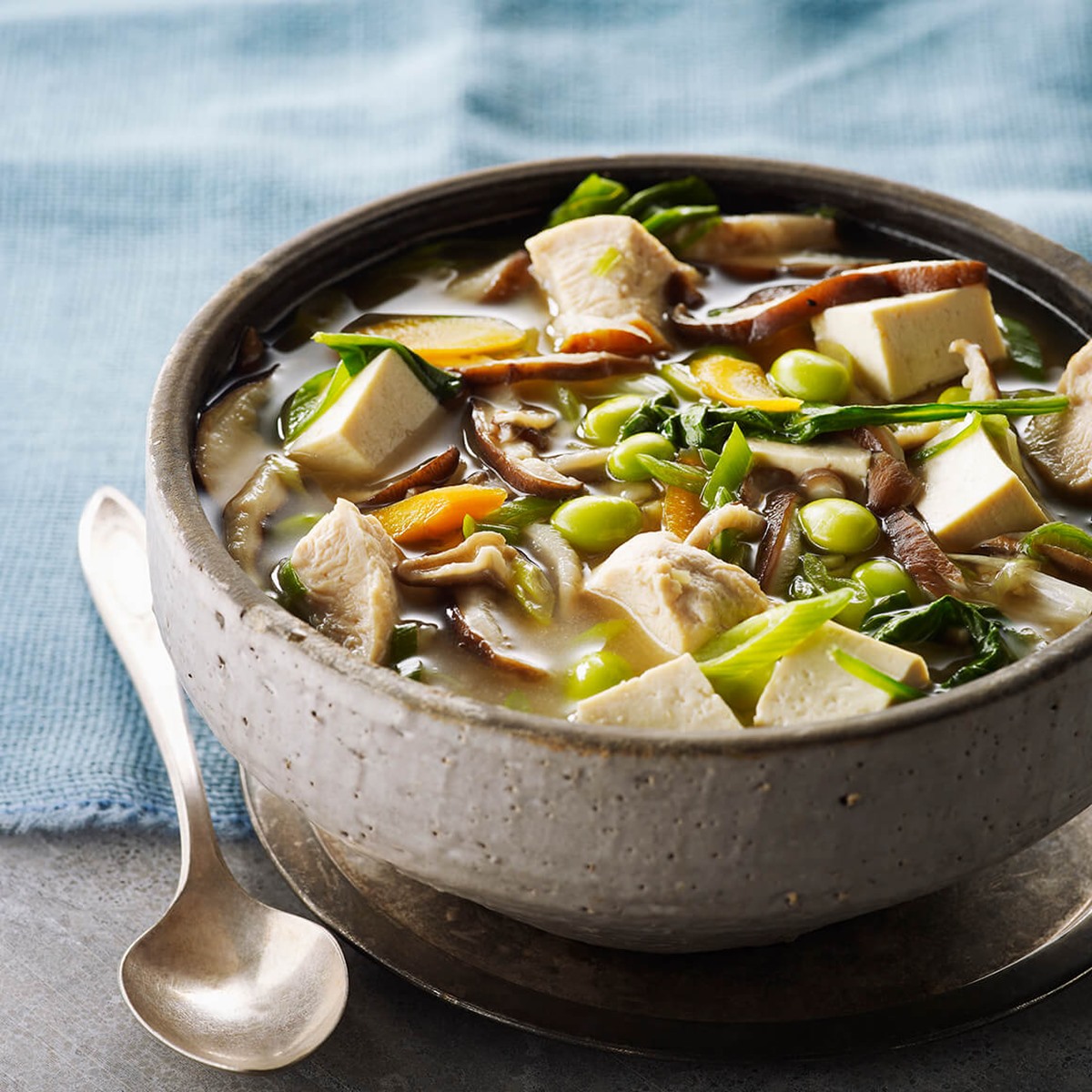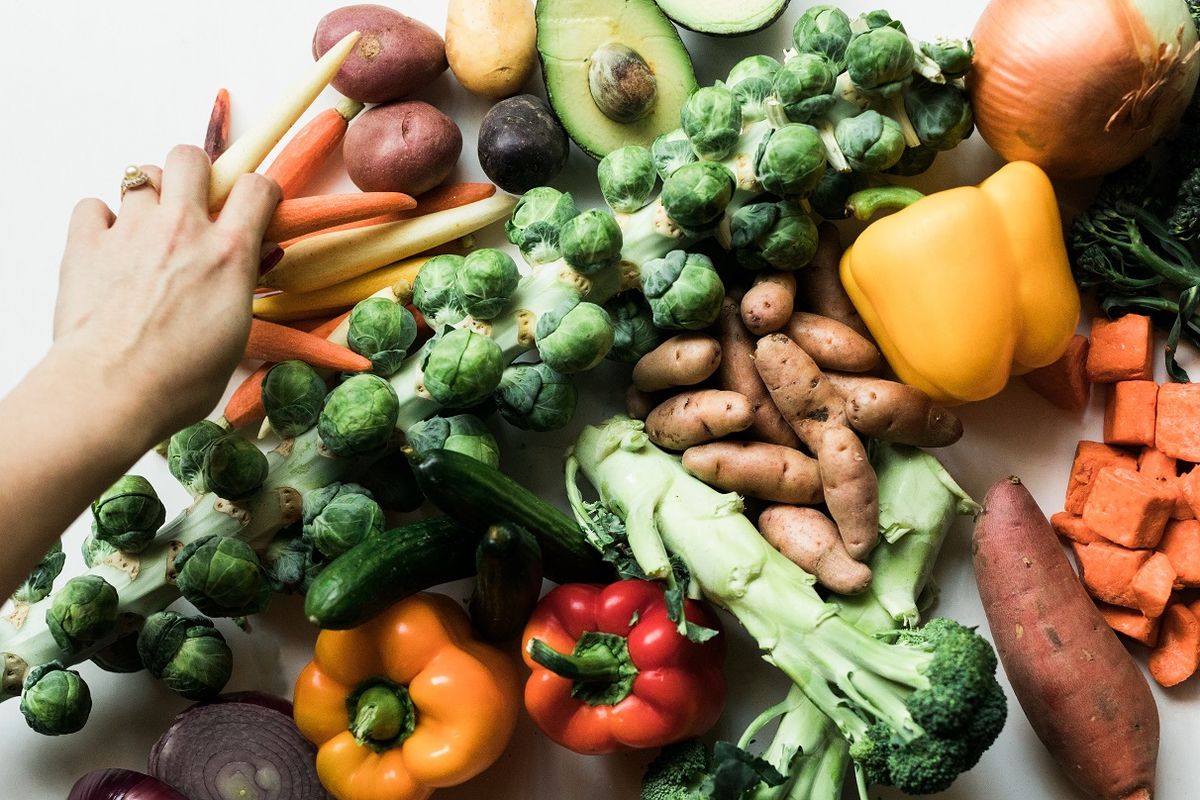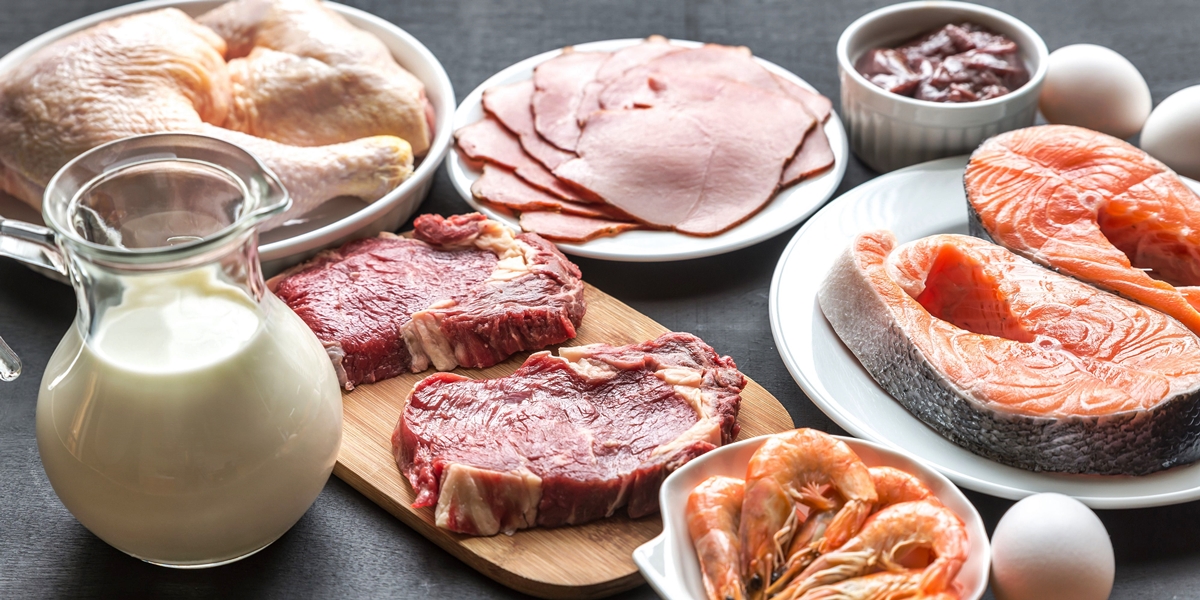What Is A Flexitarian Diet?
Are you looking for a way to make healthier choices and reduce your environmental footprint without fully committing to a specific dietary lifestyle? Look no further than the flexitarian diet. This flexible approach to eating is gaining popularity for its emphasis on plant-based foods while still allowing for occasional meat consumption. Let’s dive into the details of what a flexitarian diet is all about.
The Basics
A flexitarian diet is primarily focused on consuming plant-based foods, such as fruits, vegetables, whole grains, legumes, nuts, and seeds. These foods are packed with essential nutrients, fiber, and antioxidants, promoting overall health and well-being. The flexibility of this dietary approach means that individuals can include small portions of meat, poultry, fish, and dairy products if desired.
Unlike strict vegetarian or vegan diets, a flexitarian diet allows for flexibility and personalization. This can make it more appealing and easier to adhere to, making long-term sustainability a realistic goal.
The Benefits
Embarking on a flexitarian diet offers numerous benefits for both your health and the environment. Here are some key advantages to consider:
- Improved Health: Consuming more plant-based foods can lower the risk of chronic diseases like heart disease, type 2 diabetes, and certain types of cancer. The high fiber content of plant-based foods aids in digestion, supports weight management, and helps to reduce cholesterol levels.
- Sustainable Eating: By reducing your meat consumption and emphasizing plant-based choices, you can contribute to reducing greenhouse gas emissions, deforestation, and water usage associated with meat production. Choosing locally sourced and organic products also supports sustainable agricultural practices.
- Budget-friendly: Plant-based foods tend to be more affordable compared to meat and animal products. Incorporating more plant-based meals into your diet can help you save money while still enjoying delicious and nutritious options.
- Increased Culinary Exploration: Embracing a flexitarian diet encourages you to become more adventurous in the kitchen. You can experiment with a wide variety of fruits, vegetables, grains, legumes, and spices, creating diverse and flavorful meals.
Getting Started
If you’re ready to embrace a flexitarian diet, here are some tips to help you get started:
- Gradual Changes: Begin by gradually reducing your meat consumption and increasing your intake of plant-based foods. This approach allows for a smoother transition and helps you adjust to new flavors and textures.
- Plant-based Proteins: Explore different sources of plant-based protein such as tofu, tempeh, lentils, chickpeas, and quinoa. These alternatives can provide the necessary nutrients while satisfying your appetite.
- Meal Planning: Plan your meals in advance to ensure you have a variety of plant-based options available throughout the week. This will make grocery shopping and meal preparation more convenient and enjoyable.
- Embrace Seasonal Eating: Incorporate seasonal fruits and vegetables into your diet to enjoy their full flavor and maximize nutritional value. Supporting local farmers’ markets can also enhance the quality and freshness of your ingredients.
- Experiment with Meat Substitutes: Try incorporating meat substitutes such as plant-based burgers, sausages, or deli slices into your meals. These options are becoming increasingly available and can provide a similar texture and taste.
Remember, there is no strict rulebook when it comes to a flexitarian diet. It’s all about finding a balance that works for you and your lifestyle. Whether you choose to have meatless Mondays, dedicate specific days of the week to vegetarian meals, or simply aim to reduce your overall meat consumption, every small step counts towards a healthier and more sustainable future.
So why not give the flexitarian diet a try? By incorporating more plant-based foods into your meals, you can enjoy a variety of health benefits while making a positive impact on our planet. Start today and embark on a flexible and sustainable culinary journey!
